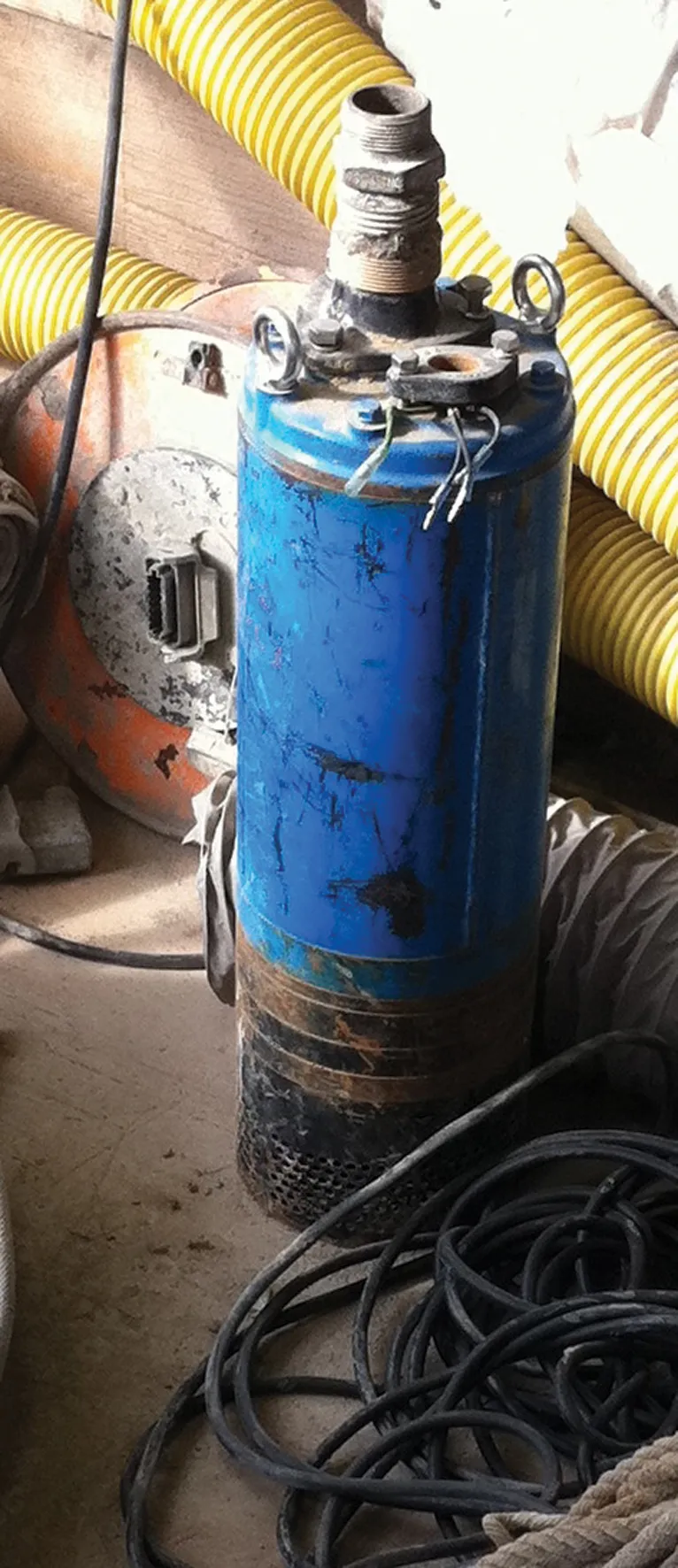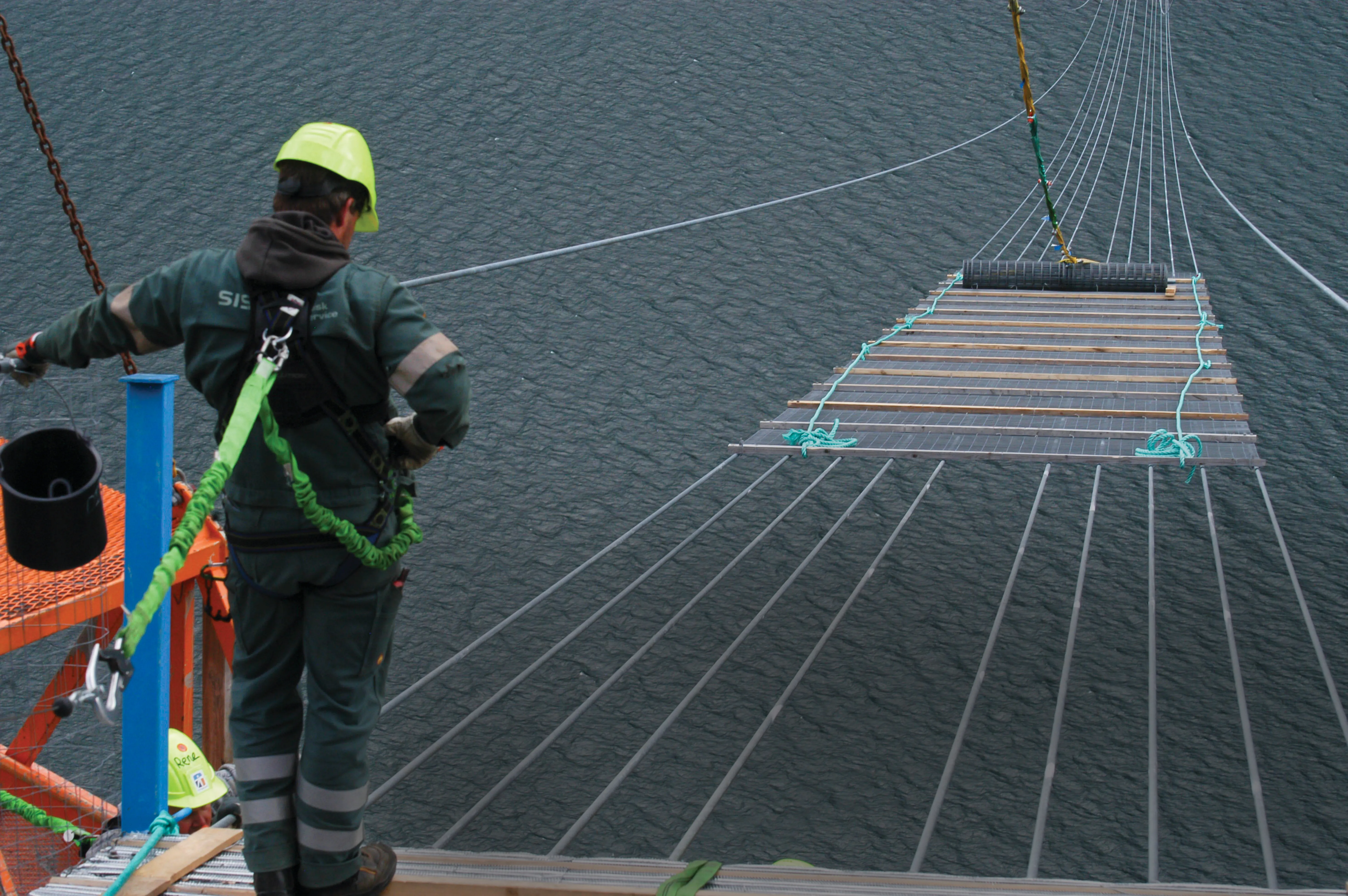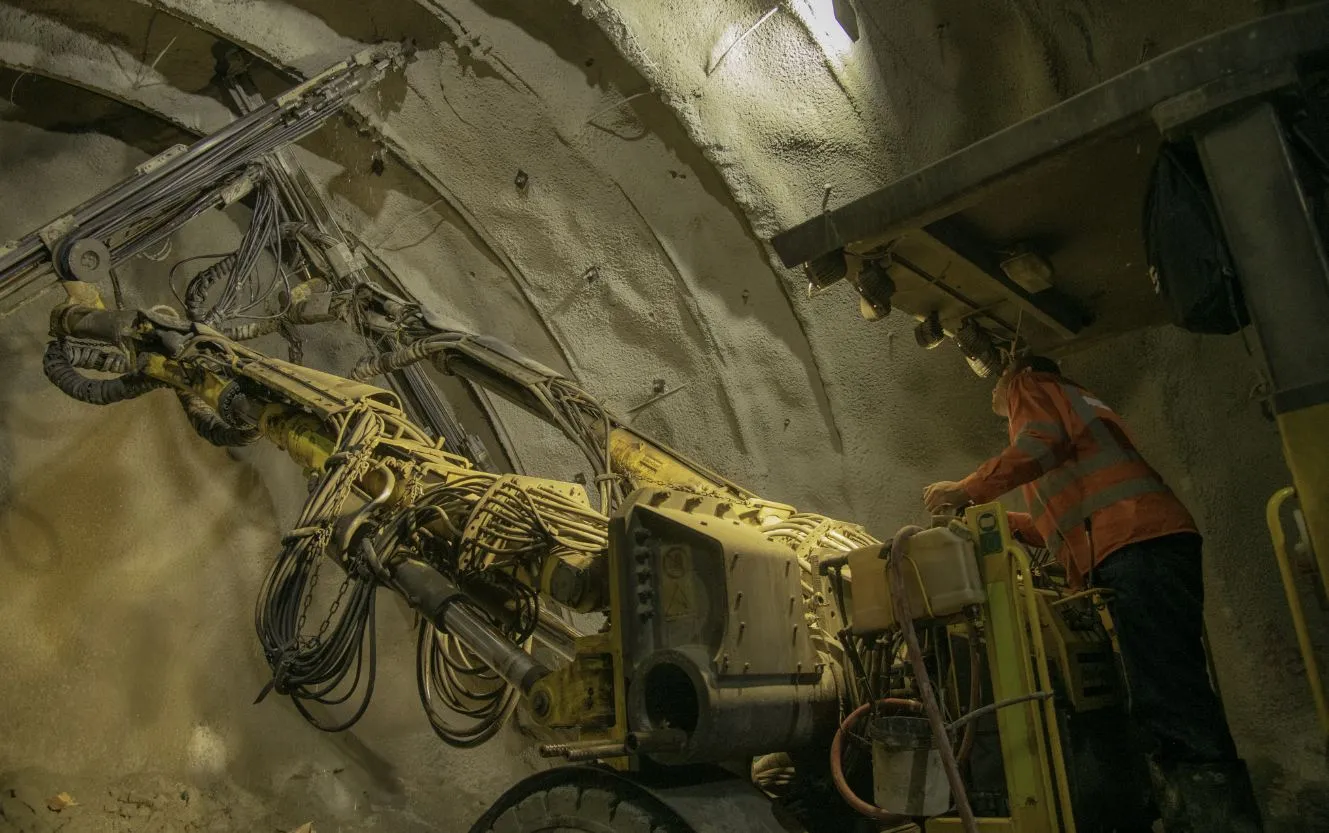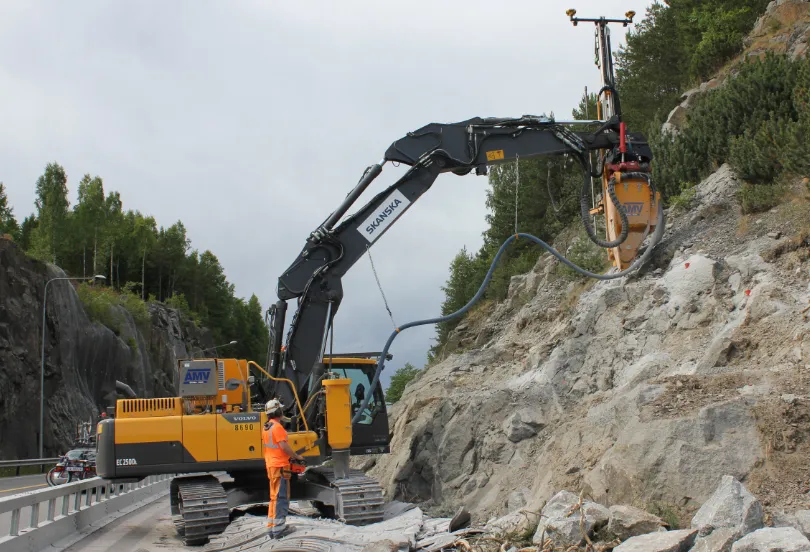Tsurumi has provided six pumps to a major inner city underground tunnel initiative to connect two central islands in Stockholm, Sweden. The LH series high head dewatering pumps being used in Söderström tunnel were added to the project to replace another manufacturer’s pumps following delays. The pumps are positioned 28metres underwater in drilled holes just 200mm wide and are said to be a vital part of the ambitious works, connecting the islands of Södermalm and Riddarholmen. The 300metre long submerged sec
June 13, 2012
Read time: 2 mins

The LH series high head dewatering pumps being used in Söderström tunnel were added to the project to replace another manufacturer’s pumps following delays.
The pumps are positioned 28metres underwater in drilled holes just 200mm wide and are said to be a vital part of the ambitious works, connecting the islands of Södermalm and Riddarholmen.
The 300metre long submerged section of the Söderström tunnel is being built using immersed tunnel sections. These are supported on four grouped piles that have been drilled into the bedrock. This means the tunnel is resting on an underwater bridge.
The submerged tunnel consists of three 100metre long prefabricated sections. The sections contain two tubes that will each carry a 12metre wide railway track and a 5metre wide access tunnel for service and rescue.
Deep channels have been excavated on both sides of the Söderström bay. In these channels the contractor is using the ‘cut and cover’ construction method to connect the underwater and under bedrock tunnel sections. At a depth of 20metres these excavated channels, which have retaining walls held in place by 1.5m wide piles, are the deepest ever used in northern Europe.
The six LH23.0W pumps from Japan-based Tsurumi are being used for dewatering during the complicated installation of submerged tunnel sections at the project. The pumps were said to be chosen for their reliability and powerful capabilities, as well as their compact design.
Work began on the Söderström tunnel project in May 2008 and should be completed by the end of 2012. The project is being managed by JV Söderström tunnel HB, a joint venture between contractors Züblin Scandinavia AB and E. Pihl & Søn A.S.









